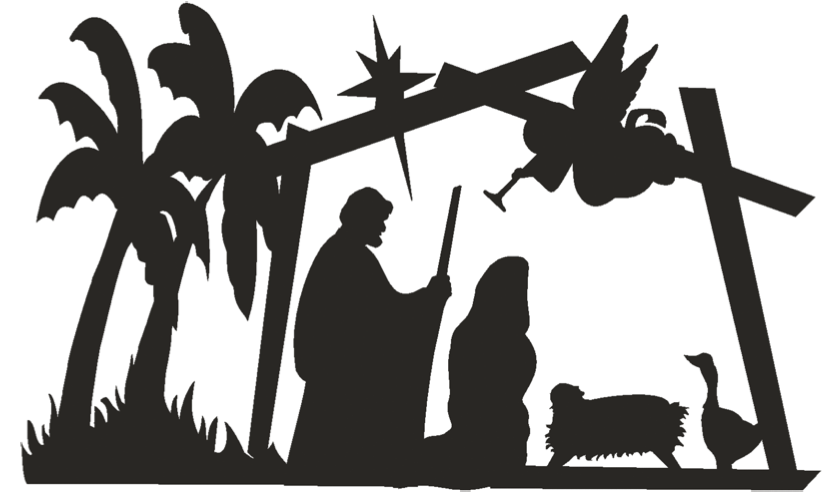Let us contemplate Jesus in the womb of Mary, enter into the silence, the slow growth, the precious reality of our Lord and Saviour’s taking on life as a human being.
If we begin by imagining Jesus’ foot in the womb, we picture Mary washing this little foot, after giving birth to him and laying him in the manger. This tiny foot became the one which walked our earth, the foot which left home to walk Galilee and Judea. The sinful woman off the street taught us about gratitude for his mercy by kissing and crying on this foot. This foot stumbled along the way to his Crucifixion, where it was nailed to a cross – all for us.
We can imagine his hands growing in the womb, slowly becoming the hands which first touched Mary’s face and Joseph’s beard. This hand developed into the hand of a carpenter, and with it he embraced children and offered his tender touch to the sick and sinners. These would become the hands with which he washed his disciples’ feet and took the bread and the wine and, giving thanks to God, gave it to his disciples, saying “This is my body. This is my blood.” And, the next day, outstretched, this hand was nailed to a cross – all for us.
And the developing face of Jesus would already be taking on his mother’s features. This face would give joy to the shepherds and the Magi. He must have cried and felt hunger, and laughed and smiled a lot. The face of a child at Nazareth with his friends developed slowly and inevitably, to become the face seen by so many who had that privilege in his lifetime. This is the same face which was spat upon and was covered with blood, all for us.
Finally, we pause for a moment to reflect upon his heart – the very image of his self-sacrificing love. This little heart became one big enough to love sinners, the sick, the marginal, on fire with compassion and mercy. The heart of Jesus, which began beating in the womb of Mary, was eventually the sacred heart pierced with a lance on the cross. Into that wound in his side, the Risen Lord invited Thomas to put his hand and to believe.
Edited from Creighton University’s Online Ministries
